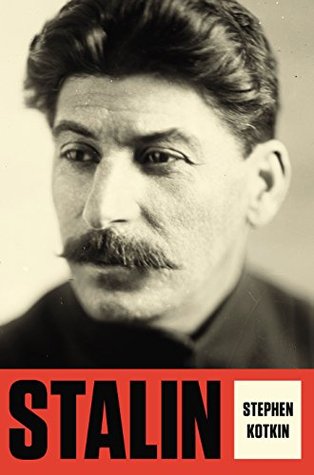These new production processes boosted world steel production from half a million tons in 1870 to twenty-eight million by 1900. But the United States accounted for ten million; Germany, eight; and Britain, five; a small number of countries had almost all the steel. To this picture one could add the manufacture of crucial industrial chemicals: synthetic fertilizers for boosting agricultural yields, chlorine bleach to make cotton, and explosives (Alfred Nobel’s nitroglycerine dynamite, 1866) for mining, railroad construction, and assassinations. As some countries succeeded at modern industry,
...more
Welcome back. Just a moment while we sign you in to your Goodreads account.


